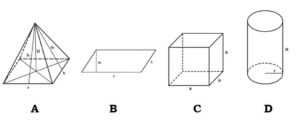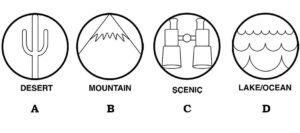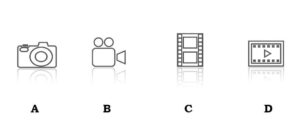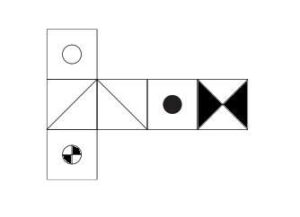The CCAT Kindergarten Test
The CCAT Kindergarten Test (Level 5/6) is designed to identify kindergarten students that are fit for admission into the Canadian gifted and talented program. This test analyzes student’s academic prowess through assessment of quantitative, nonverbal, and verbal questions. This test is not designed to test candidates on what they have learned in a formal setting such as school. The CCAT kindergarten test is designed to produce results that will reveal a child’s natural ability for learning.
The test is taken in a group setting and normally takes 90 minutes. The CCAT Kindergarten Test is also called the CCAT Level 5/6. Children 5 or 6 years of age are assumed to be in kindergarten, and therefore candidates for the CCAT Kindergarten Test. The overall score your child attains in the CCAT Level 5/6 test determines their potential for a talented program.
CCAT Kindergarten Test sections and descriptions
The CCAT is made up of 118 questions divided into three batteries, verbal battery, quantitative, and nonverbal. The three sections can be administered together in a single sitting or at different sittings as determined by your school’s policy. Each section has three subsections.
Verbal Battery (Time Limit: 43 minutes)
- Picture Analogies
Children are presented with several pictures that a connection. Candidate must figure the the connection and select a picture from the multiple choice options that would match the context of the first two pictures.
- Sentence Completion
Candidates will be issued with a device that reads several directions to them. The child will press “play” on the voice device and will then be required to follow the directions to answer the questions.
- Picture Classification
Here, candidates are shown three pictures in the same group or category. Only one choice in the options belongs to the picture category presented earlier. To solve this, candidates will be required to select a picture that belongs to the category of the first three pictures.
Picture Classification Practice
Nonverbal Battery (Time limit: 31 minutes)
- Figure Matrices
Here, candidates are given a matrix that contains various shapes. However, one of the boxes in the matrix will be empty. Candidates are required to find a shape among the multiple choice options that finishes the matrix by filling in the empty box.
- Figure Classification
Children may observe that the Figure Classification subtest is identical to the Picture Classification subtest. The difference here is, shapes are in place of the pictures. These shapes are be placed into the same group. Candidates must select a shape from the multiple choice options matching the category of the shapes presented.
Figure Classification Practice
- Paper Folding
In this section, candidates will observe how a paper is folded. The candidate will then be required to select an answer that shows how the paper would appear if it went through the folding steps.
Quantitative Battery (Time taken: 38 minutes)
- Number Analogies
The number analogies section is closely related to the picture analogies Subtest. Both tests analyze the candidate’s ability to identify relationships between pictures, however, the number analogies will have to solve a simple mathematical relationship between the pictures.
- Number Series
With the number series, candidates will be presented with several strings of beads that are on an abacus toy. These beads will be organized based on a predetermined rule that will determine the arrangement of the beads. Candidates must determine the relationship, and then the number of beads to be attached to the last rod.
- Number Puzzles
Candidates taking the test will be shown two trains that have to be carrying the same figures in number. Students will then look at the figures on train 1 and determine the number of figures that should be added on train 2 for the two trains to have a matching number of figures.
How to prepare for the CCAT Kindergarten Test
- Start preparations a month before the scheduled test day. Allowing a child to have enough time to go through and familiarize with the material will increase their chances of doing well in the test. Try to practice with your child regularly for a few hours as they have to learn gradually without feeling pressured or stressed. Avoid waiting until the last minute to rush your child through the material.
- To familiarize your child with the concept of time, use a timer in your practice. Each section of the test has a time limit so practice sessions will really help. Ensure that your child understands they cannot take most of the time on one question or section. If you are dealing with a slow test taker, having regular timed tests is very important. Your child is supposed to be familiar with the amount of time they should take to answer every question.
- Go through the explanation of each question in detail. Make sure your child goes through explanations even when they answer the questions right. Explanations are important as they provide vital insights into the questions and answers.
Date Published: Friday, April 1st, 2022
Date Modified: Friday, March 7th, 2025





